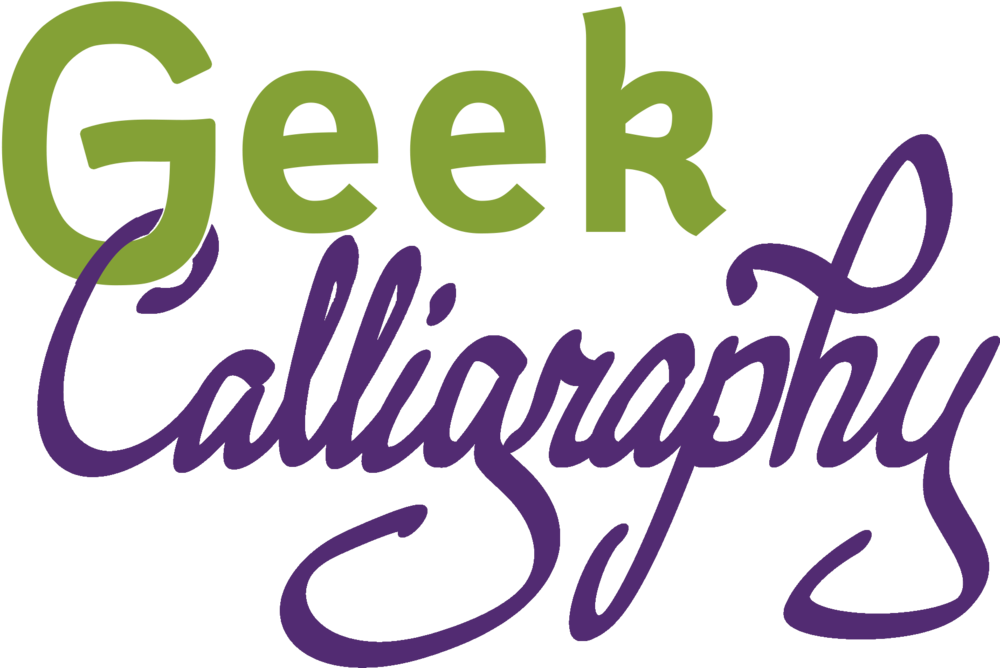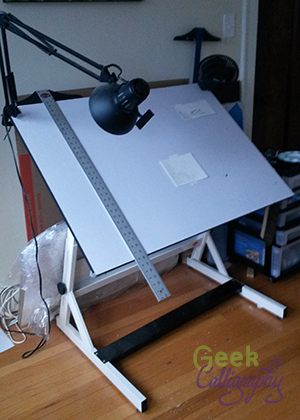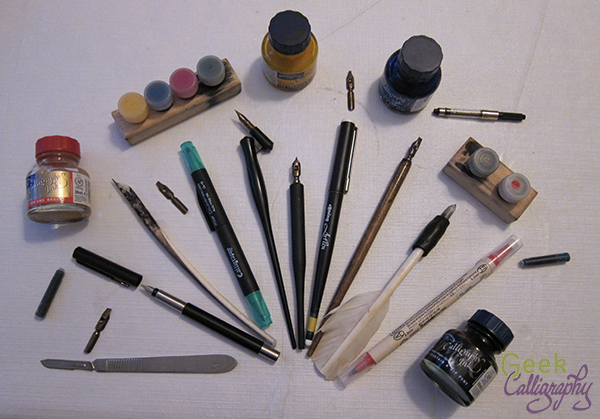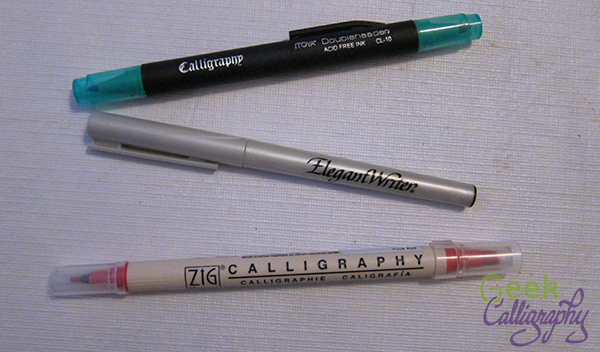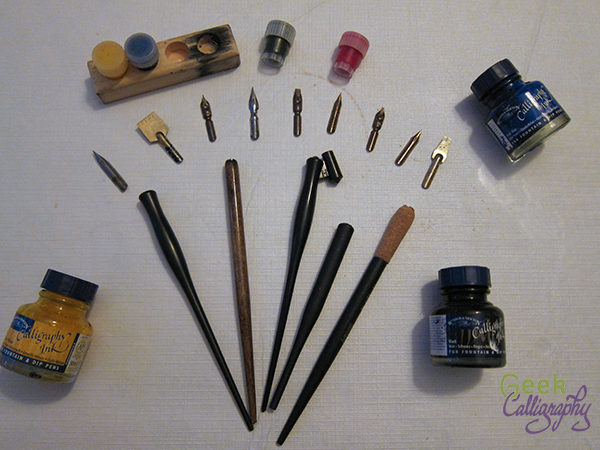by Ariela
Those of you who follow us on Twitter and Instagram know that since November, Ariela has been working on a very special commission: her first M’gillat Esther, a scroll containing the entire biblical Book of Esther.
The process of writing a m’gillah is very different than my usual commission process because there are many rules in halaḥah (Jewish law) about how a holy text has to be written in order to be kosher. There was no art, but the text is long enough that it took me three full months of working diligently nearly every evening to complete it. There are 12,196 letters in the Book of Esther, which makes it ten times the length of the average ketubah text, and each of those letters needs to conform to those rules mentioned above. The scroll is written in ink on parchment, divided into 16 columns of 28 lines each (except for one special column), and written in the Spanish Portuguese traditional script.
First three columns of the Book of Esther.
Third and fourth full columns of the Book of Esther.
Twelfth through fourteenth columns of the Book of Esther. Column 13 is special and has only 22 very large words.
The clients picked up the scroll yesterday and they are really happy with it. The Book of Esther is read, from a scroll, on the holiday of Purim (or Pureem, as the Spanish Portuguese Jews usually transliterate it), which is falling this year on the evening of February 25 and the day of February 26. It is extra meaningful for my clients to have their own scroll starting this year, because the pandemic means that we cannot go to synagogue and fulfill our obligation to hear it read there.
While I hope dearly that no future clients will be reading from their scrolls under quarantine, I am hoping that this will be just the first of many scrolls that I will write.
Happy Pureem everyone!
